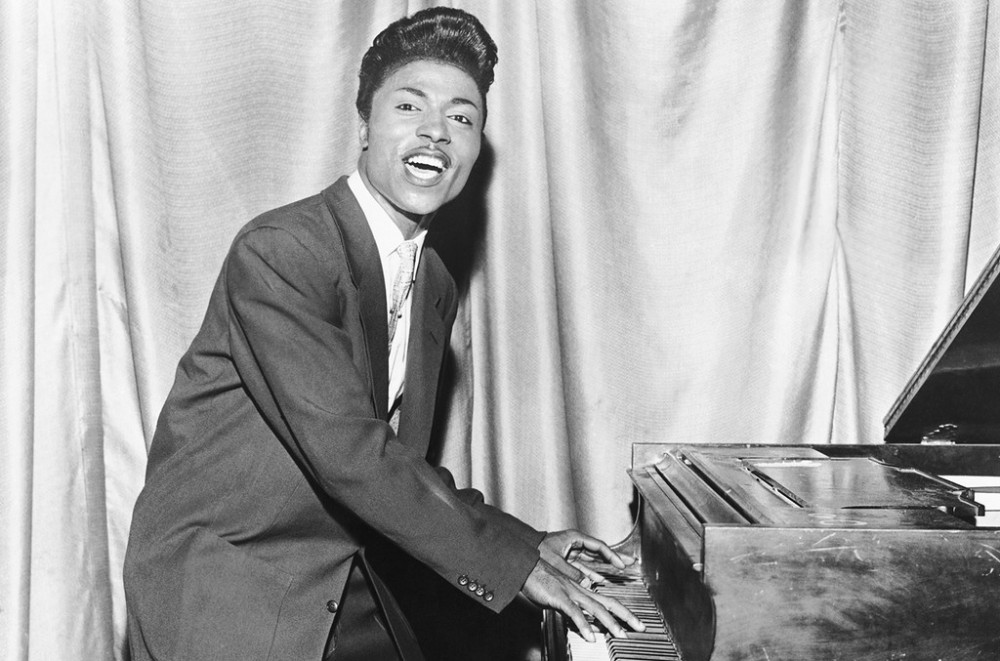“With Richard, although they still had the audiences segregated in the building, they were there together. And most times, before the end of the night, they would all be mixed together," — producer H.B. Barnum in biography 'The Life and Times of Little Richard.'
The early history of rock ‘n’ roll is a story of segregation — and Little Richard, who died of bone cancer at 87 on May 9, was a key player in the fight to destroy it.
Because of Jim Crow laws, and racism in general, African-American musicians from Louis Armstrong to Charlie Parker to Motown revues traveling through the South spent much of the 20th century relegated to black hotels and black restaurants, denied entrance even to hotels where they were headlining. Ballrooms and auditoriums drew physical ropes through their audiences to separate blacks and whites from dancing or congregating together when Chuck Berry or Lloyd Price were on stage. “Reserved section for colored spectators,” read posters for “white” shows in the early days of rock ‘n’ roll.
It took landmark U.S. Supreme Court decisions such as 1954’s Brown vs. Board of Education of Topeka to legislate the end of segregation in this country. But concerts played a role in changing the culture — and not just through Elvis Presley and Bill Haley delivering black music to a white audience.
“Richard opened the door. He brought the races together,” producer H.B. Barnum tells Charles White in the singer’s biography The Life and Times of Little Richard. “When I first went on the road there were many segregated audiences. With Richard, although they still had the audiences segregated in the building, they were there together. And most times, before the end of the night, they would all be mixed together.”
“That happened a lot,” Charles Hughes, author of 2015’s “Country Soul: Making Music and Making Race in the American South,” told me for a 2017 story I did on how early African-American rock stars like Lloyd Price, the Coasters and the Platters helped break down these immoral barriers. “Which is why rock ‘n’ roll was so important.”
Although the iconic artist born Richard Penniman was born in Macon, Ga., he spent much of his early career in New Orleans, performing at the legendary Dew Drop Inn and recording classic hits at Cosimo Matassa’s important J&M Studio on the edge of the French Quarter. Segregation defined his choices for both locations. The Dew Drop was a black club in a divided city, where racist cops occasionally beat up black musicians if white women snuck into the audience; Matassa’s studio allowed blacks and whites to congregate when Louisiana laws banned biracial musical collaboration.
Unlike Ray Charles, who in 1961 canceled a scheduled Augusta, Ga., show because it was at the segregated Bell Auditorium, Richard wasn’t so much a civil-rights activist as a silent pioneer. He figured out a brilliant way to transcend Jim Crow, keep himself safe and stay in character. Part of the reason that Richard cultivated a “wild and bizarre image,” White writes of the artist’s androgynous pompadour look and effeminate “whoos!” was because he didn’t want to come across as a black man who attracted white women sexually. If he did, White writes, “terrible things could happen.”
“We were breaking through the racial barrier,” Richard says in the biography. “The white kids had to hide my records ’cause they daren’t let their parents know they had them in the house.”
Little Richard’s loud-but-quiet approach to opposing desegregation — along with more politically outspoken efforts by James Brown and others — set the table for black music crossing over into popular culture, leading the way for the mainstream popularity of Motown Records, disco and even Michael Jackson in the decades that followed.


